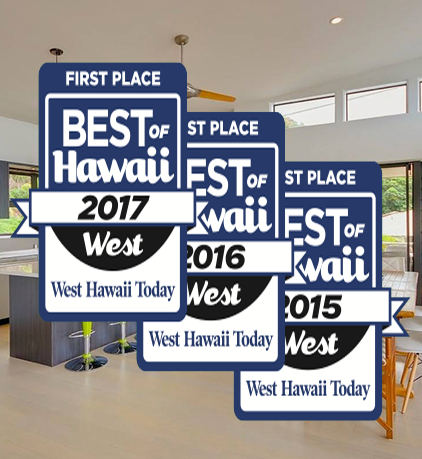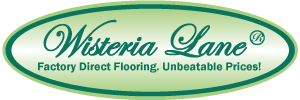Earth Friendly: Bamboo flooring is beautiful, sustainable
Bamboo is a versatile crop, chalking up more than 1,500 uses to its resume, including screens, fences, furniture, mats and even an alternative to traditional hardwood flooring. I have had my eye on bamboo flooring for a number of years now and am in the process of having some installed in my house. Verdict? Gorgeous. The color we chose, a deep, rich brown – could not be more beautiful.
Though it may look somewhat like a tree, bamboo is actually a fast-growing grass. While traditional hardwoods, such as oak, maple and hickory, can take anywhere from 20 to more than 100 years to mature before they are ready to harvest, bamboo can be harvested after three to five years. In addition, since the root systems are not damaged during the harvesting process, there is no need to replant; the bamboo will regrow naturally. Most bamboo is grown without the need for irrigation and fertilizer, and because it has few insect predators, pesticides are not used in the cultivation. In addition, bamboo can be grown in soils that are unsuitable for other crops.
Bamboo flooring is most often made by slicing individual bamboo poles, called culms, into strips and removing the outer layers. The bamboo is then boiled in either line or boric acid to remove the starches and sugars, then dried. The two most common colors are similar to beech and oak, but there are some beautiful darker color choices available, as well.
Bamboo floors are moisture-resistant, easy to maintain, and often harder than regular hardwoods. Natural-colored bamboo is the hardest, as the carbonizing process used to darken the bamboo also makes it softer. Bamboo can also be sanded and refinished just like any other hardwood floor.
Although bamboo is heralded for its sustainability and eco-friendliness, it is not without criticism. A low concentration of formaldehyde, lower than that used in other hardwoods, is used in an adhesive in the lamination process. There are some bamboo flooring products available that avoid formaldehyde.
Bamboo, both hardwood and laminate, can be found locally at specialty flooring stores or big-box stores, and customers can elect to have it professionally installed or do it themselves. The floor comes in boxes of interlocking planks for easy installation.
To care for your new bamboo floor, never use wax, steel wool or other scouring pads, oil soap, abrasive or ammonia-based cleaners or harsh detergents. Clean up any spills promptly so that liquids are not allowed to remain on the floor. A slightly damp mop may be used to loosen dried spills, but excessively wet mops and sponges can cause the floor to swell. Keep your pets’ nails trimmed to prevent them from scratching the floor.
Reprinted from VictoriaAdvocate.com


